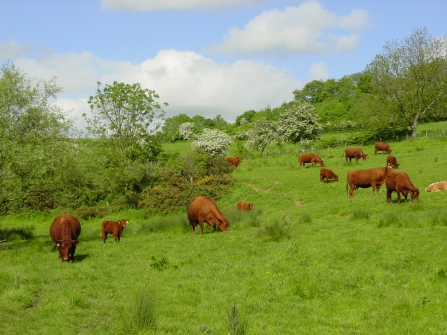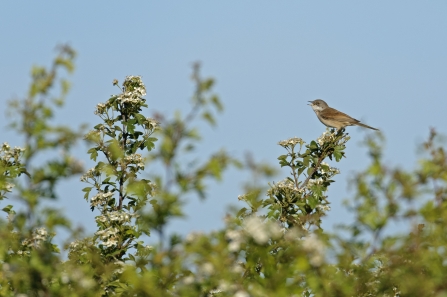In his part memoir, part history of the Lincolnshire Wildlife Trust ‘Trustees for Nature’, Ted Smith writes of Sow Dale: “for centuries it formed part of an important access to the hills from the Fenland country”
I was intrigued; I pulled out my paper copy of the OS map for Lincolnshire Wolds South. Here the flatlands of the Fens with their widely spaced contour lines give way to hills and dales. What catches my eye immediately are close contours, almost an escarpment with a high point of 86 metres – impressive by Lincolnshire standards.
This is Hall Hill possibly from an Old English word ‘hoh’ meaning a low ridge or heel-shaped hill. When it was ploughed in the 1950s, urns with cremation remains were found. It’s thought to be the site of an Anglo-Saxon cemetery.
From there the land drops to the north-west into the village of Old Bolingbroke and the 13th century hexagonal castle. This sleepy village has a rich and important heritage. In 1367 it was the birthplace of the future King Henry IV and in 1643 it was besieged by Parliamentarians during the Civil War.
Then leading north out of the village is a valley called Sow Dale.



